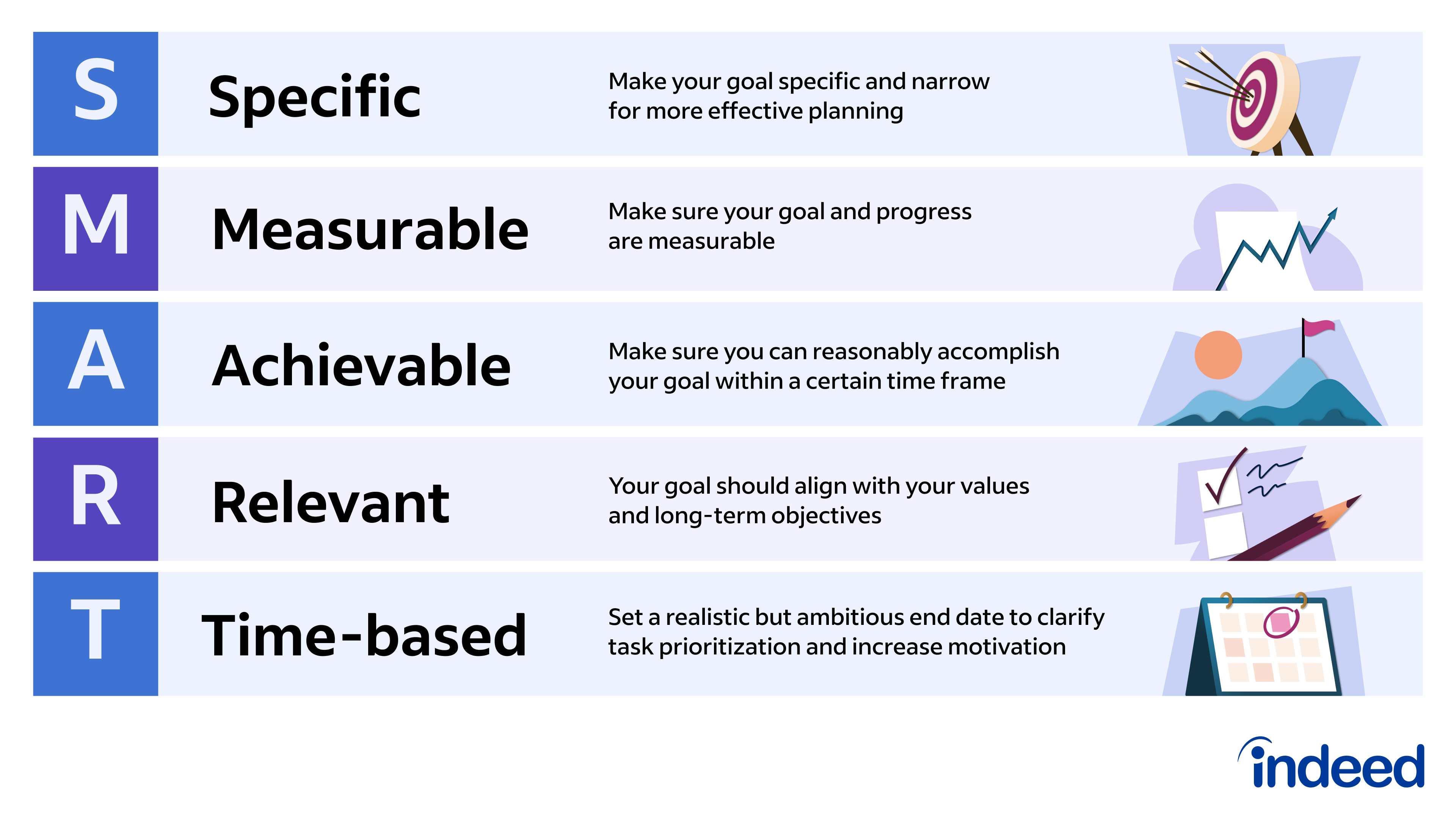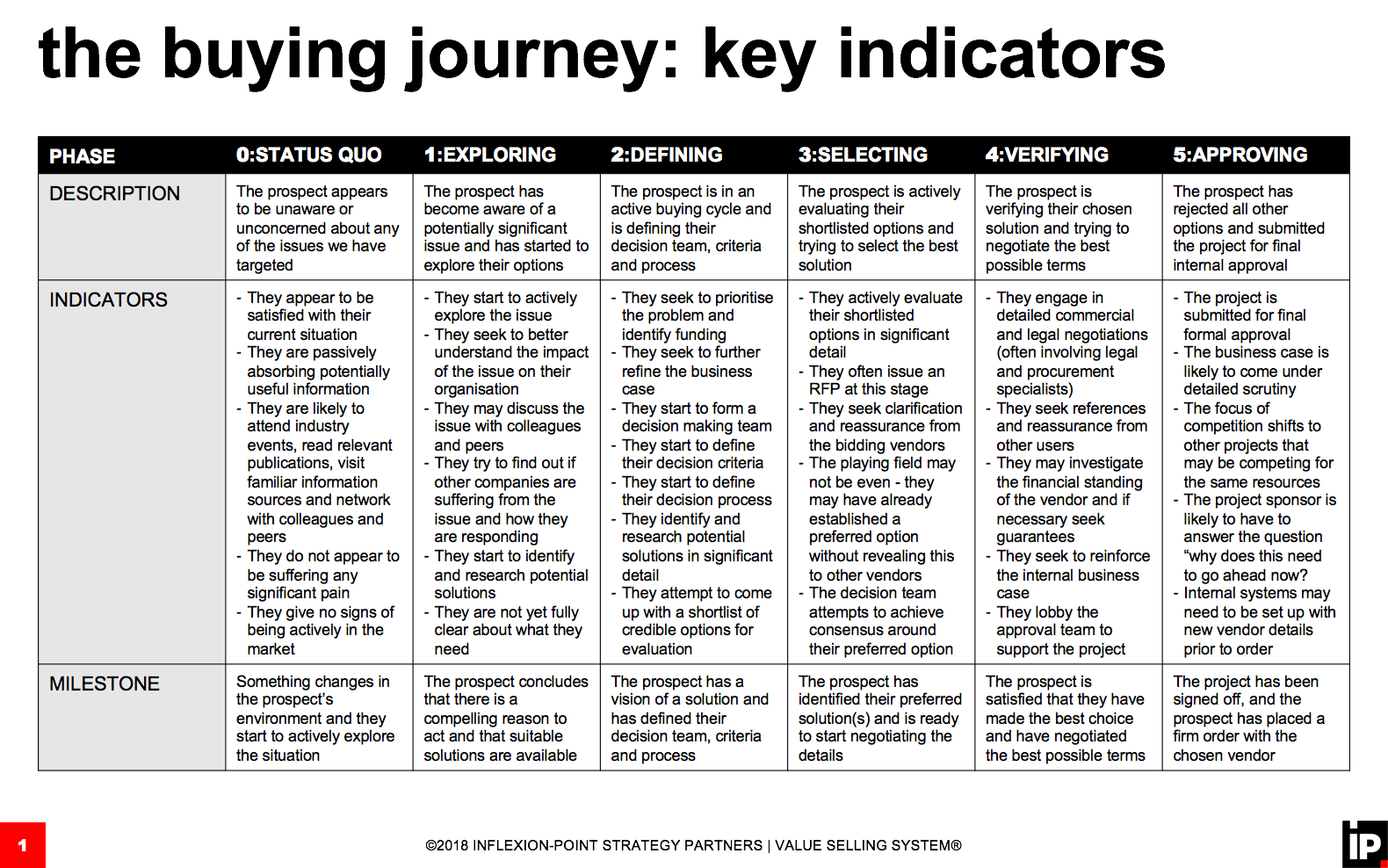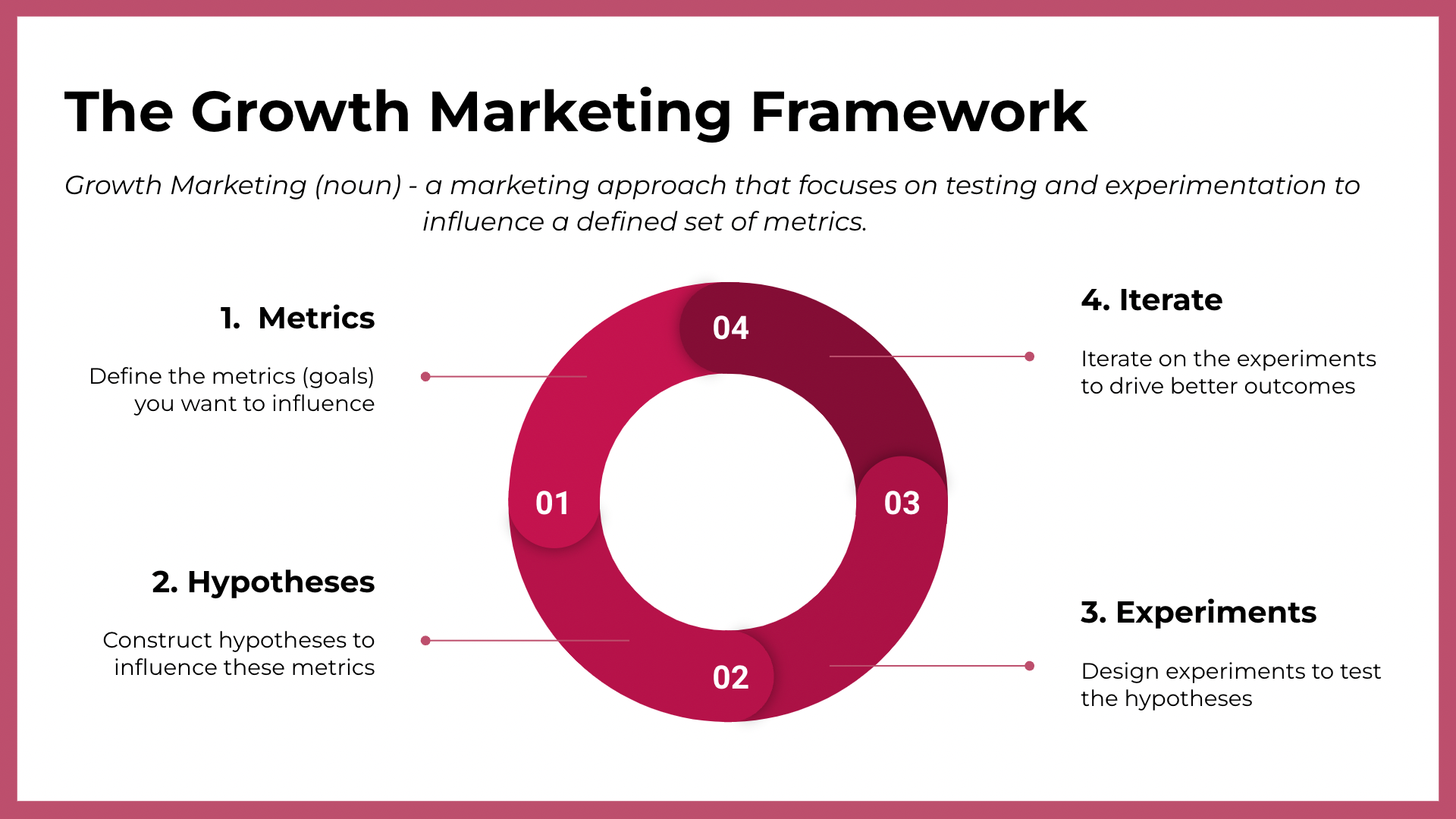After over a decade of developing digital strategies for brands big and small, I've become convinced of one thing: marketing is simple, but it ain't easy.
Too often we get distracted by flashy tactics or industry buzzwords instead of focusing on basic human needs and behaviors. As an entrepreneur and business owner myself, I know how hard it is to avoid these traps and keep marketing efforts grounded.
Whether you're a solo startup founder or the CMO of an enterprise company, this post shares the key frameworks I use with my agency clients to cut through the complexities. I'll show you how to...
Know Your Audience

The foundation of great marketing is understanding your customers. You need to be able to answer some key questions:
- Who are they? Age, location, gender, income level, education level, interests, etc. Get as specific as possible.
- What do they need and want? What problems could your product or service potentially solve?
- Where, and how can you reach them? Google, social platforms, print publications, events, etc.
Without clarity on your audience, you're essentially throwing spaghetti at the wall to see what sticks.
Here's a simple audience research framework I use:
Customer Profile
- Demographics: Age, gender, location, income
- Values & interests: What's important to them? What do they do for fun?
- Pain points: What issues do they struggle with that you can help solve?
- Purchasing factors: What drives their decision-making? Price? Quality? Convenience?
Where To Find Them
- Google search habits: Keywords and phrases they search for
- Social media platforms: Where are they most active?
- Publications: What information sources do they rely on?
- Events & communities: Industry conferences and local groups they engage in
Set Concrete Goals
Many marketers avoid specificity when it comes to objective setting. But concrete goals are critical for gauging progress and return on investment.

When setting marketing goals, use the SMART framework:
- Specific
- Measurable
- Achievable
- Relevant
- Time-bound
Rather than vague notions of “raising awareness” or “driving engagement,” here are some SMART goals examples:
- Generate 300+ new sales qualified leads this quarter through content syndication campaigns
- Increase website traffic from social media referrals by 25% month-over-month
- Convert 10% of webinar registrants into paying customers within 3 months
Match Tactics to Stage
Too often, I see companies deploying tactics randomly without considering where prospects are in the sales cycle. This wastes money and momentum.

Align your marketing plays to the prospect's journey stage:
Awareness
- Search ads
- Guest posting
- Social media
Consideration
- Reviews and case studies
- Detailed product content
- Free trials
Decision
- Product demos
- ROI calculators
- Account rep outreach
As you move prospects down the funnel, messaging should shift from problem-focused content to overt sales outreach.
Test and Iterate

In the world of marketing, standing still means falling behind. You need to continually test new tactics and creatives, measure performance, and double down on what works best.
Here's a simple prioritization model I use for managing tests and resources:
1. Scale Up Winners
- Identify your best performing promotions and campaigns
- Shift more budget and resources into those channels
2. Tweak Underperformers
- Isolate struggling campaigns and figure out why
- Refine targeting, creative, etc. and give them another chance
3. Launch New Tests
- Try innovative channels, partnerships, technologies
- Create a process for rapid experimentation
Rinse and repeat. Over time, this cycle will help you hone an optimized, efficient strategy.
Align Incentives Internally
As an agency leader, one of my top priorities is structuring our team’s compensation around key performance indicators that further our clients’ goals.
I make sure my team is motivated to:
- Identify quick wins like low-hanging-fruit keywords with high intent
- Pitch creative growth ideas beyond the status quo
- Obsess over conversion rates since they impact client ROI
Take a hard look at how your internal teams and partners are rewarded. Are you encouraging behaviors that ladder up to real marketing and sales results?
Getting incentives aligned is challenging but pays major dividends.
Stay Resilient

Let’s face it - marketing has always been a rollercoaster ride. Tactics and technologies go in and out of favor. New channels emerge while others decay. Economic conditions impact customer demand and appetite for risk.
The most effective modern marketers embrace resilience and adaptability.
Here are a few tips:
- Own the down cycles - When budgets shrink or initiatives stall, view it as an opportunity for refinement. Institute training programs and research plans to hit the ground running when conditions improve.
- Diversify your skill set – Rather than pigeon-hole yourself into one specialty, pursue strategic knowledge across essentials like analytics, copywriting, and audience research. The more self-reliant you become, the less dispensable you are.
- Build executive support coalitions – Foster peer-level relationships across departments like Sales, Product, and Customer Success. Cross-functional allies can help smooth budget conversations with leadership during turbulent times.
- Maintain a war chest – When profits and funding swell, resist the urge to allocate every spare dollar. Hold some in reserve for rainy days ahead.
The marketing landscape will only grow more complex from here with technology and media fragmentation. I hope this essay helps cut through the chaos for you.






